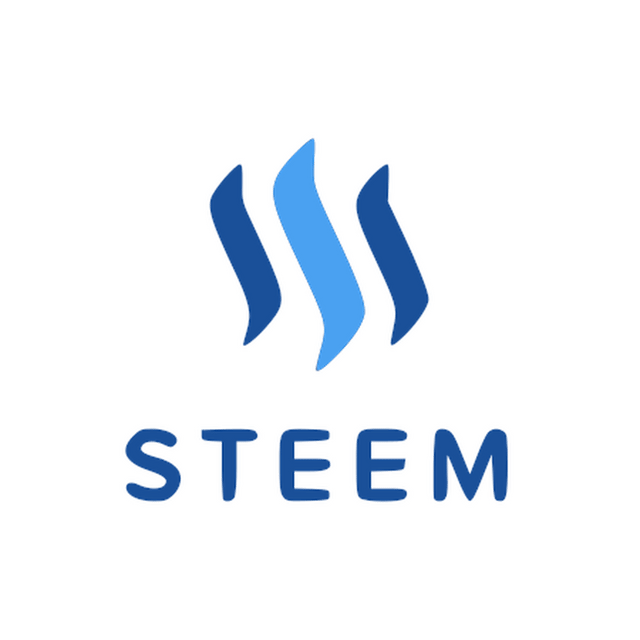Steem (blockchain)

Steem (blockchain)

There are 3 classes of assets on the Steem blockchain: STEEM (cryptocurrency) (a liquid asset), STEEM Power (SP) (a vested asset), and Steem Dollars (SBD ) (a debt asset).
Graphene Blockchain
It uses a consensus mechanism called Dpos (Delegated-Proof-Of-Stake). 21 new blocks are created in 63 seconds at each round, aiming a block creation rate of 3 seconds.
The top 20 Steem Power-weighted witnesses ( they are voted from steem accounts) + one of the remaining backup witnesses are signing one block in a round.
The top 20 witnesses determing also the 3.5 day median price feed and the active Steem blockchain version.
A hardfork is happening when the majority of top 20 witnesses are start to sign blocks with the new version.
Inflation
The Steem blockchain issues new STEEM tokens each time a new block is produced. A majority of these new tokens are then allocated to a reward pool to reward users for posting and voting on content.
Starting from December 2016, Steem blockchain began creating new tokens at an inflation rate of 9.5% per year.
This rate is planned to decrease for about 0.5% per year until reaching 0.95% in about 20.5 years.
Around 11% of newly created STEEM goes to the witness as block producer reward.
16% goes to STEEM POWER holder as interest, 56% goes to content producer as author reward and the remaining 17% goes to curators for voting posts as curation rewards.
Writing and voting posts/comments
The mechanism of earning token by writing and voting posts/comments is also called "Proof of Brain".
Each account is able to publish posts, which can be viewed through different interfaces.
Within the first 6.5 days, Steem Power holder can vote on posts, whereas the effect of a vote depends on the amount of Steem Power, the voting percentage and the vote power.
After 7 days, an author reward is send to the author and curation rewards is sended to all voter.
Beneficiaries can be set during post creation, which will send a part of the author rewards to the other accounts that are specified in the beneficiaries field.
When an account disagree with the rewards a post/comment will receive, voting with negative weight is possible (flagging).
Use of three different Token
On the Steem blockchain, STEEM can be converted ("powered up") into STEEM Power, traded for Steem Dollars, or transferred to other accounts.
STEEM can be earned under specific conditions as author rewards.
It is possible to earn STEEM by delegating STEEM Power to other accounts or by SBD conversion (Burning of SBD token in exchange of STEEM).
SBD can be earned under specific conditions as author rewards and beneficiaries.
There are also some services that pay SBD for STEEM Power delegation.
STEEM Power is locked in and can be converted back to liquid Steem in 13 weeks ("Powering down").
Every week 1/13 of the initial Steem Power is converted into liquid Steem.
STEEM Power can be earned by interest (when holding STEEM Power), voting of posts (curation), writing posts/comments, beneficiaries, or by signing a block as witness.
DApps - Interfaces
The Steem blockchain content can be viewed using different Interfaces [6]
DApps - Tools
Differents tools for differents purposes are builds on the Steem blockchain
Steemworld [29]
DApps - Games
It is possible to broadcast "custom_json" to the blockchain, which is a way to store information bind to a steem account.
This is for example used to store who is following who.
Lately, this is also used for several DApps [6].
DApps - Token
steem-engine[28] is a smart contracts side-chain platform offers Token creation for the Steem blockchain.
The created token can be transfered to other user and exchanged to STEEM in the internal market.
Keys
Each account has four different private/public keys:
Owner key - Is used for changing the other keys and in case when keys were changed unintented by a third party, it can be used to recover the account
Active key - Is used for transfer, powering up/down, delegating Steem Power and broadcasting custom_json
Posting key - Is used for voting, posting, claiming rewards and broadcasting custom_json
Memo key - Is only used for encrypt/decrypt transfer memos
Wallets
Activities that require an active key can be performed by using a wallet.
The most important ones are:
History
Steem and the steemit.com interface was introduced to the public on Bitcointalk.org on May 9th 2016 [24].
The steem blockchain source code was mainly written by Steemit Inc. a company which was founded 2016 by Ned Scott and Dan Larimer.
In order to distribute STEEM at the beginning, the steem blockchain supported 100% proof-of-work.
There was no pre-mining and a anouncement on bitcointalk about it [26].
Proof-of-work was removed complelely from the protocol on the January 10th, 2017 [25].
On March 14, 2017, Daniel Larimer resigned as Chief Technology Officer of Steemit Inc. [27].